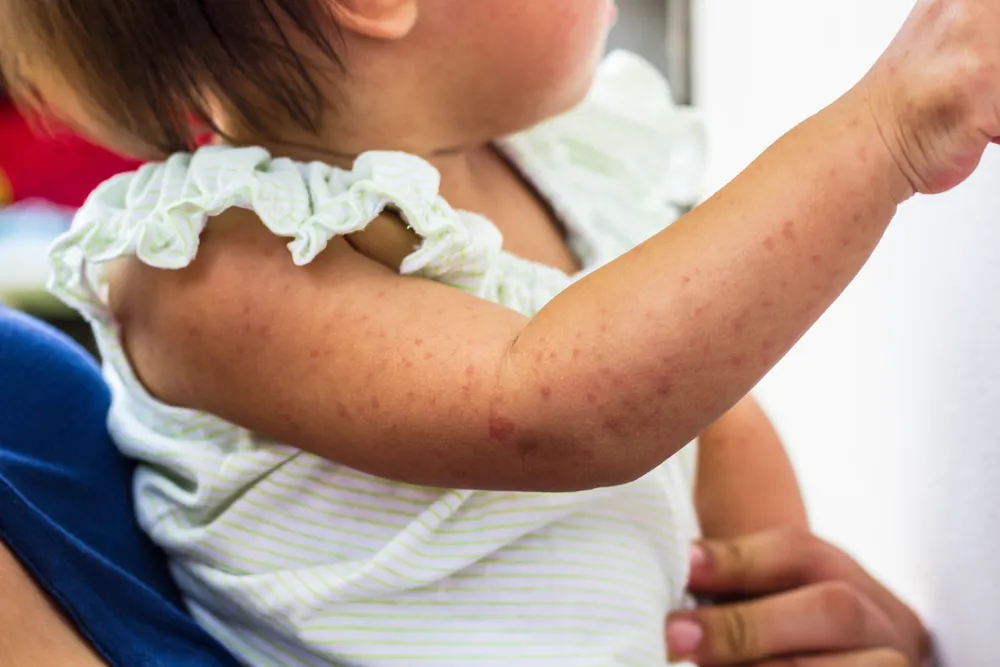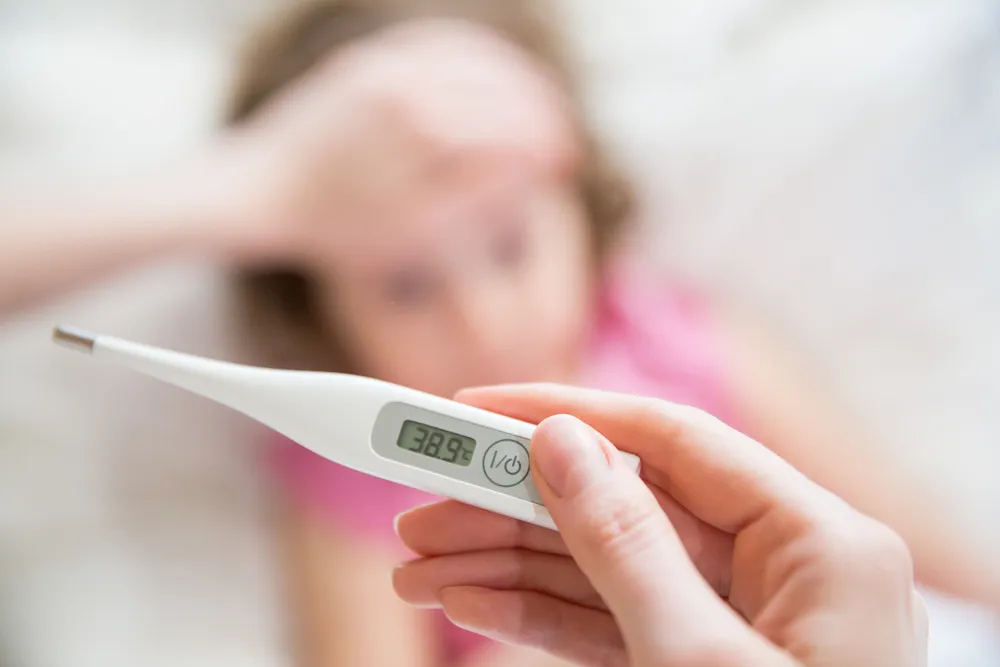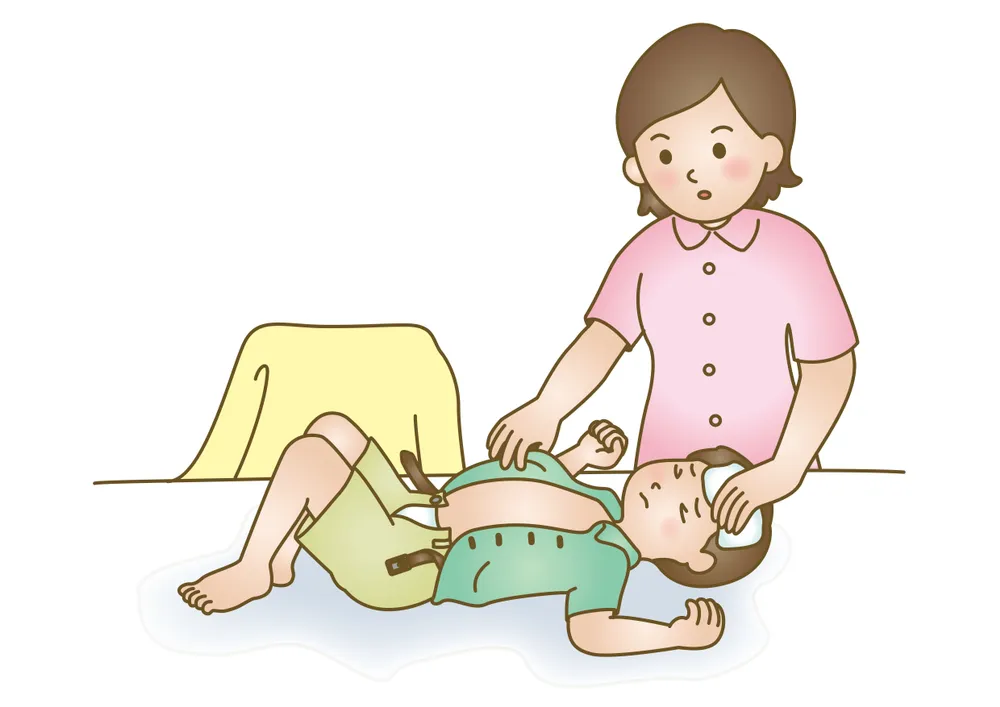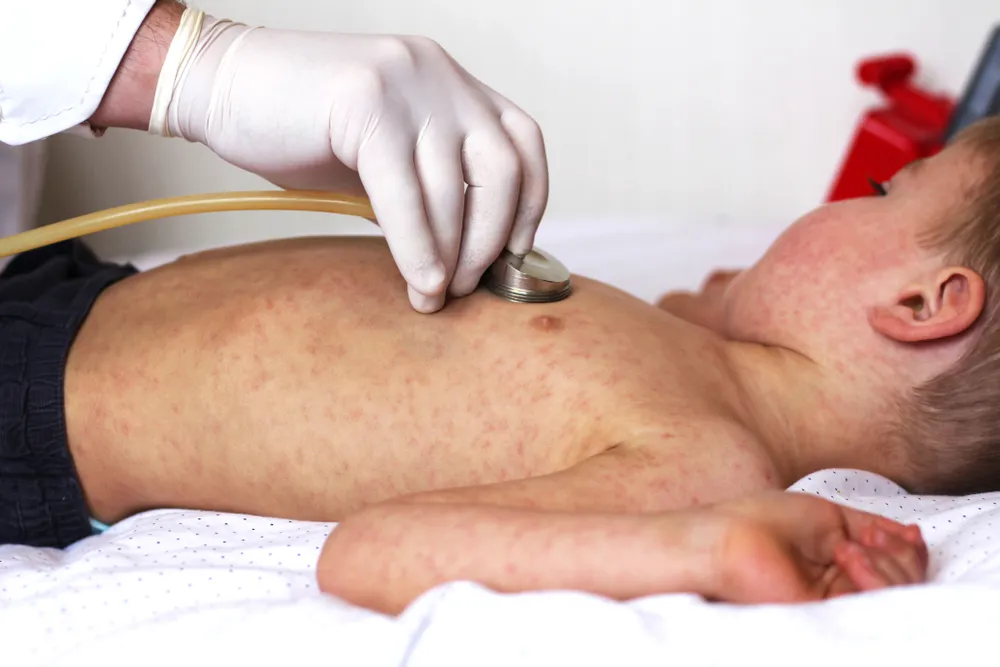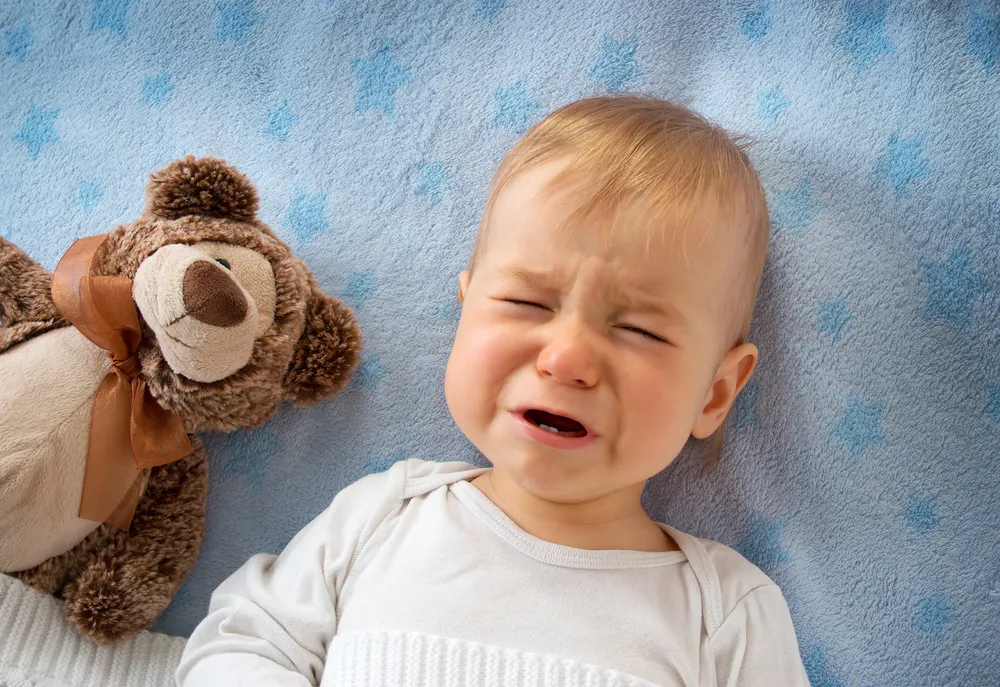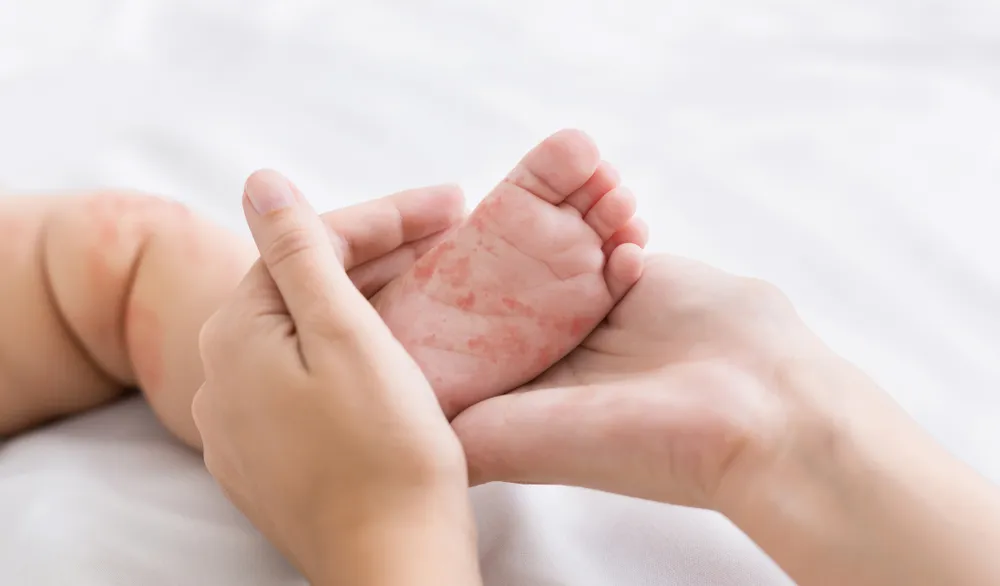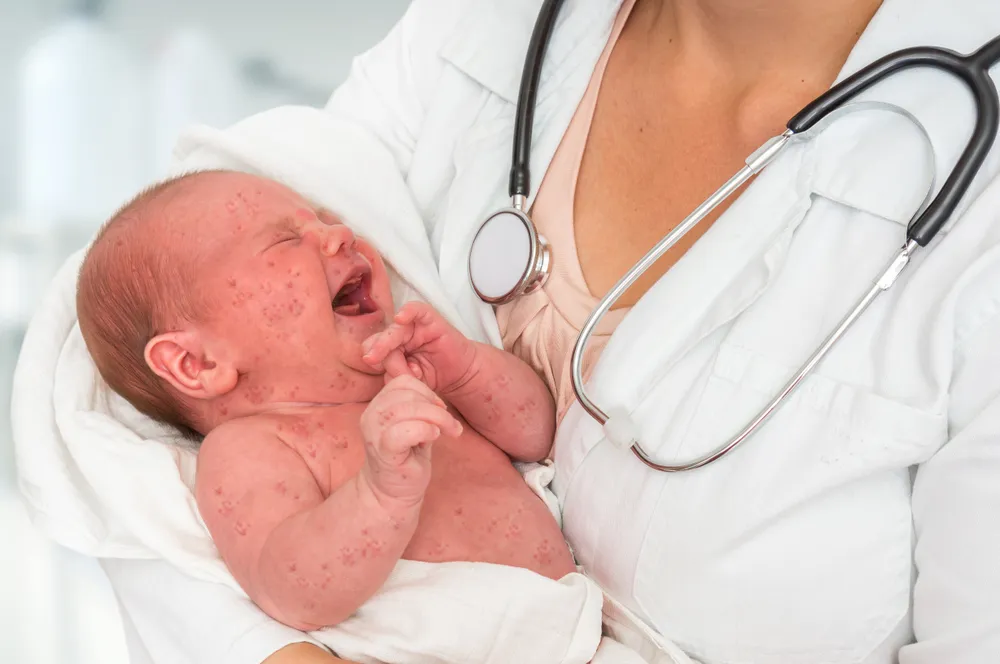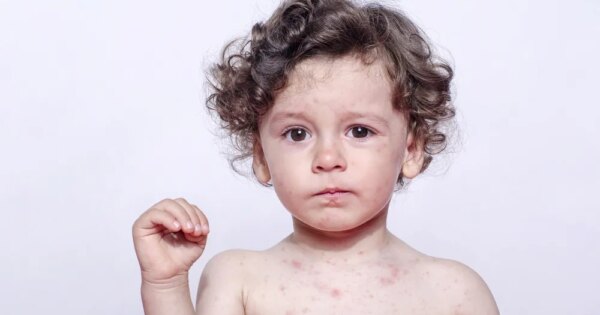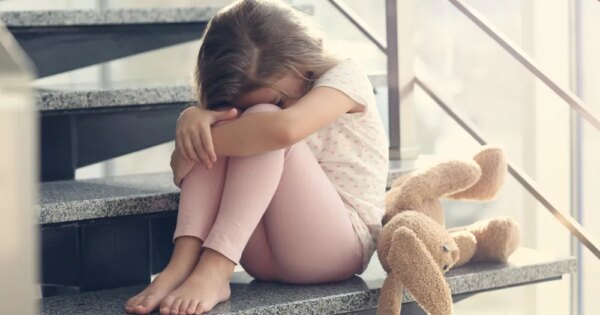Roseola is one of the most common illnesses in children. By the time children enter kindergarten (around age 2), most will have experienced the several-day fever and rash that the roseola infection is most known for.
Fortunately, most cases of roseola in children don’t extend beyond these symptoms and go away after several days of rest. Sometimes, roseola is so mild that children won’t even show any symptoms. However, in some rare cases, children can experience a very high fever, which itself can lead to other, more serious complications. Interestingly, infants older than 6 months have the greatest risk of acquiring roseola due to the fact that their bodies have not yet developed their own antibodies to protect against it. Younger or unborn infants have the protection of antibodies given to them by their mothers, which decrease over time after being born.
To help you quickly pick up on roseola symptoms, know whether or not to seek medical attention, and potentially avoid roseola for your child in the first place, check out the most common roseola symptoms, causes, and treatment options…
Symptoms
1. Symptom Timeline
If your child becomes infected with roseola, it often takes up to two weeks for any symptoms to show. As mentioned above, depending on how severe the infection is, sometimes there are no symptoms at all.
When symptoms do appear, they usually only consist of fever and rash.
2. Fever
One of the most telling signs of roseola is a sudden fever, usually higher than 103-Fahrenheit (39.4 C) that can last up to three to five days. Alongside this, children can also experience other connected symptoms like a runny nose, cough, or sore throat.
3. Swollen Lymph Nodes
Another thing to look out for that will help distinguish between the flu and roseola are the presence of swollen lymph nodes. The most common areas to check for swollen lymph nodes are your child’s neck, under their chin, their armpits, and around their groin.
4. Febrile Seizure
It’s also during this period of roseola that, according to Nemours, 10- to 15-percent of young children experience febrile seizures, which are convulsions caused by high fevers. Signs of a febrile seizure include:
- unconsciousness
- 2 to 3 minutes of jerking or twitching in the arms, legs, or face
- loss of control of the bladder or bowels
If your child’s fever lasts more than 5 days or they begin experiencing febrile seizures, seek immediate medical attention.
5. Rash
The most telling sign of roseola is a rash consisting of many small pink spots or patches, sometimes with white rings around them. Most of the time these spots and patches are flat, but they can also be raised above the surface of the skin. The most common areas for these spots and patches to develop are on your child’s chest, back, abdomen, and then eventually on their neck and arms. While the rash can spread to your child’s legs and face, it’s not very common.
While no parents like to see their child with a rash, the distinctiveness of roseola rash does make it very easy to diagnose.
6. Additional Symptoms
Other signs and symptoms of roseola may include:
- irritability in infants and children
- mild diarrhea
- decreased appetite
- swollen eyelids
7. Causes
The most common causes of roseola are the human herpesvirus 6 and human herpesvirus 7. That might sound scary, but while these viruses do belong to the same family as the better-known herpes simplex viruses (HSV), they don’t actually cause the cold sores and genital herpes infections that HSV can cause.
Like the common cold, these viruses spread through contact with other infected people. For example, your child can contract roseola through physically touching another child with one of the viruses above who has wiped their nose with their hand. Even if someone only has the flu and doesn’t have roseola telltale rash, that person can still spread roseola to someone else.
There is also no specific time of year during which roseola can occur. It can happen at any time.
8. Can Heal On Its Own
Fortunately, in most cases, roseola isn’t that serious. As mentioned above, a small percentage of children who get roseola will experience more serious complications, but most cases of roseola go away after 3 to 5 days and don’t require any kind of professional medical treatment.
9. Treatment Options
In cases where professional medical treatment is needed, the treatment itself typically focuses on lowering the high fever. Roseola is a virus and not a bacterial infection so antibiotics don’t help treat it.
Otherwise, plenty of rest and water (preferably with ice chips) are the best ways to make roseola go away. If signed off by your doctor, you can also give your child Acetaminophen (such as Tylenol) or ibuprofen (such as Advil or Motrin) to help ease their fever.
10. When to Call a Doctor
To be safe, call the doctor if your child:
- has a fever greater than 103-Fahrenheit (39.4 C)
- has a fever that lasts more than five days
- has a rash that doesn’t improve after three days
11. No Vaccine
There is no vaccine to prevent roseola, so the only way to avoid your child becoming infected is by keeping them away from other infected children. If your child does contract roseola, even if the rash doesn’t appear, to prevent it from spreading, keep them away from other children until the fever disappears. This also applies within your own home. If you have multiple children, if one child contracts roseola, make sure all other children wash their hands frequently so as to not spread the virus even more.
Even as a parent, it’s important to take measures not to spread roseola. While it tends to be more mild, adults who never contracted roseola as children can still become infected later in life, and infected adults can also pass the virus on to children.

